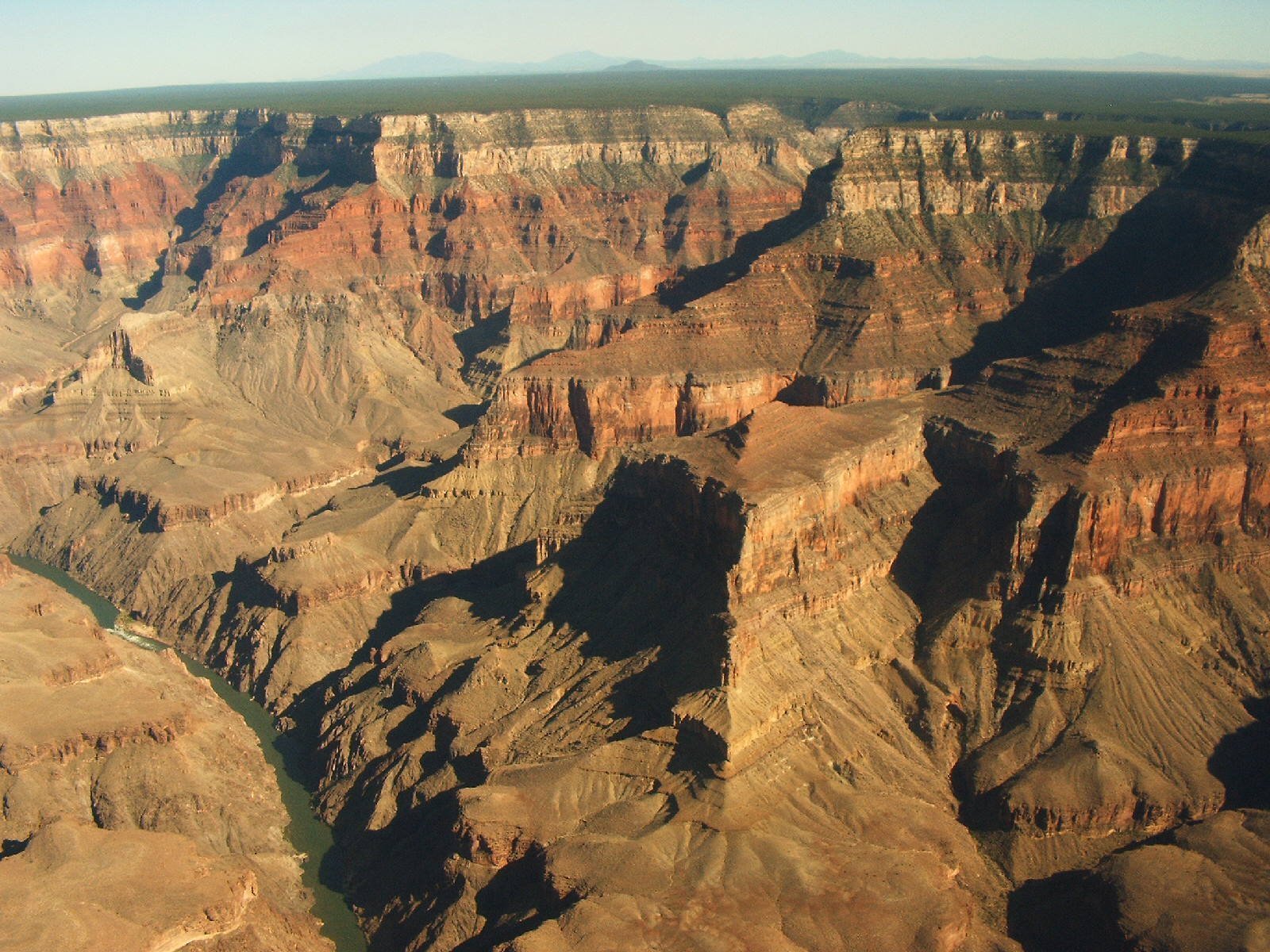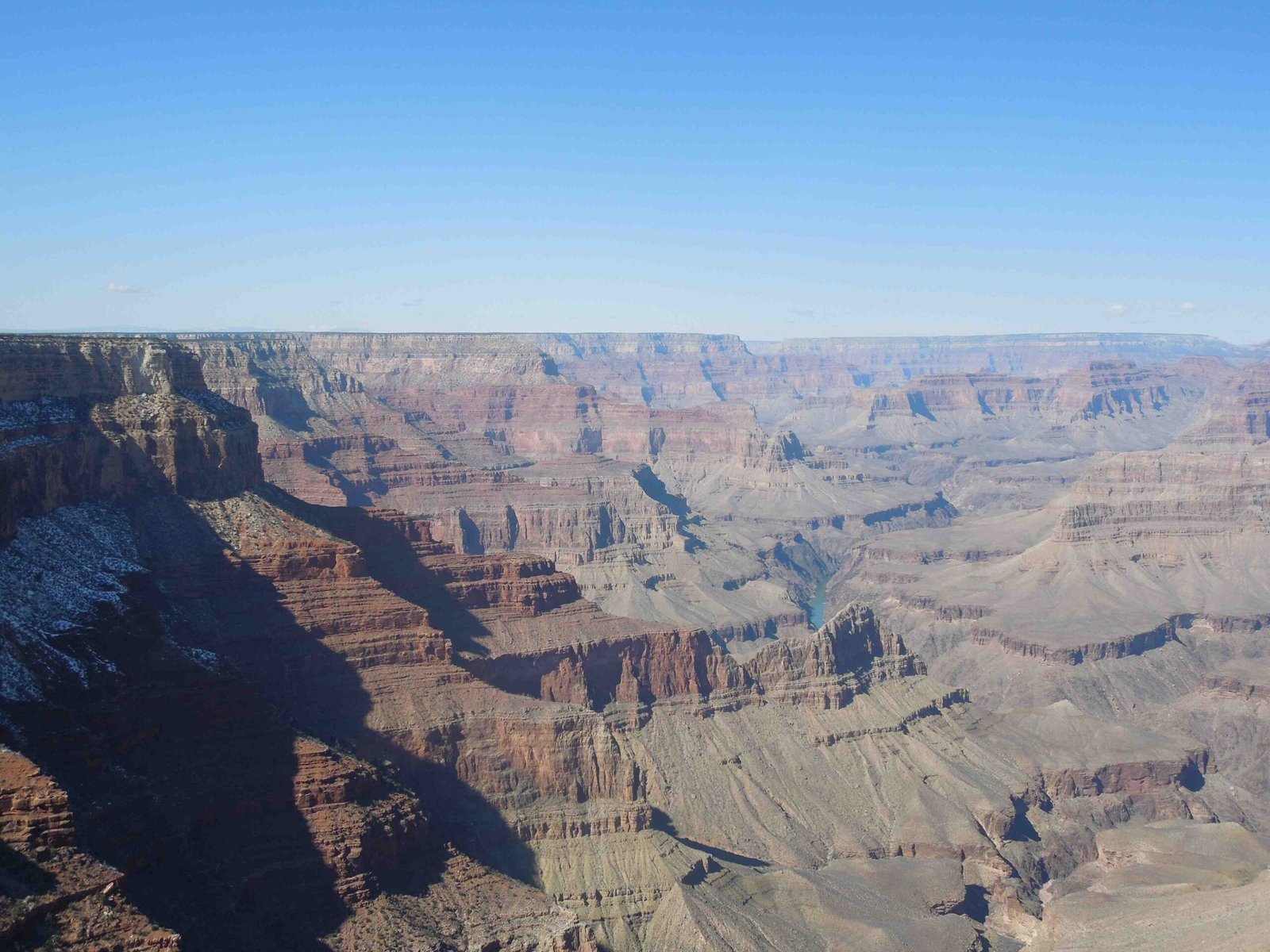The Grand Canyon South Rim experiences dramatic temperature fluctuations throughout the year, ranging from chilly winter lows around 18°F to summer highs reaching 85°F. Visitors can expect significant climate variations, with winter months presenting freezing conditions and summer months offering warm, comfortable temperatures ideal for exploring this magnificent natural wonder.
What Are the Temperature Characteristics of Grand Canyon South Rim?

The Grand Canyon South Rim’s temperature profile is complex and dynamic, influenced by its unique geographical elevation and seasonal changes. Located approximately 7,000 feet above sea level, the rim experiences distinct temperature patterns that differ dramatically from the canyon floor.
How Do Winter Temperatures Impact the South Rim?
Winter temperatures at the Grand Canyon South Rim are characterized by cold and often freezing conditions:
- January Temperatures:
- Average High: 41°F (5°C)
- Average Low: 18°F (-8°C)
-
Potential for snowfall and ice
-
Typical Winter Conditions:
- Frequent freezing temperatures
- Occasional snowfall
- Crisp, clear atmospheric conditions
What Temperature Ranges Occur During Spring?
Spring brings gradual warming to the South Rim, with temperatures progressively increasing:
| Month | Average High (°F) | Average Low (°F) |
|---|---|---|
| March | 51 | 25 |
| April | 60 | 32 |
| May | 70 | 39 |
How Hot Does Summer Get at the Grand Canyon?
Summer months present the warmest temperatures at the South Rim:
- Peak Summer Months:
- July: Average High of 85°F (29°C)
- August: Average High of 82°F (28°C)
- Comfortable daytime temperatures
- Lower humidity compared to canyon floor
What Temperature Transitions Happen in Autumn?
Autumn witnesses a gradual cooling trend:
- September: Average High of 76°F
- October: Average High of 65°F
- November: Average High of 52°F
How Should Visitors Prepare for Temperature Variations?
Recommended preparation strategies include:
- Pack layered clothing
- Bring waterproof and windproof outer layers
- Carry sufficient water
- Check current weather forecasts
- Bring sun protection during summer
- Pack warm clothing during winter months
Temperature Considerations for Hiking and Exploration

Hikers and visitors should understand that temperature can vary significantly between rim and canyon floor:
- Rim temperatures are typically 10-20 degrees cooler
- Canyon floor can be substantially warmer
- Elevation changes dramatically impact temperature
Recommended Clothing Layers
| Season | Recommended Layers |
|---|---|
| Winter | Thermal underwear, insulated jacket, gloves, warm hat |
| Spring | Light jacket, convertible pants, layers |
| Summer | Lightweight, breathable clothing, hat, sunscreen |
| Autumn | Medium-weight layers, light jacket |
Final Temperature Insights
Understanding Grand Canyon South Rim monthly temperatures requires appreciating the nuanced climate variations. Each season offers unique experiences, from winter’s serene snowscapes to summer’s vibrant exploration opportunities.
Pro Tips for Temperature Management
- Always check current weather forecasts
- Carry extra water and sun protection
- Be prepared for rapid temperature changes
- Consider time of day for outdoor activities
Reference:
– National Park Service Climate Data
– Grand Canyon Official Weather Information
– Current Results Temperature Guide

